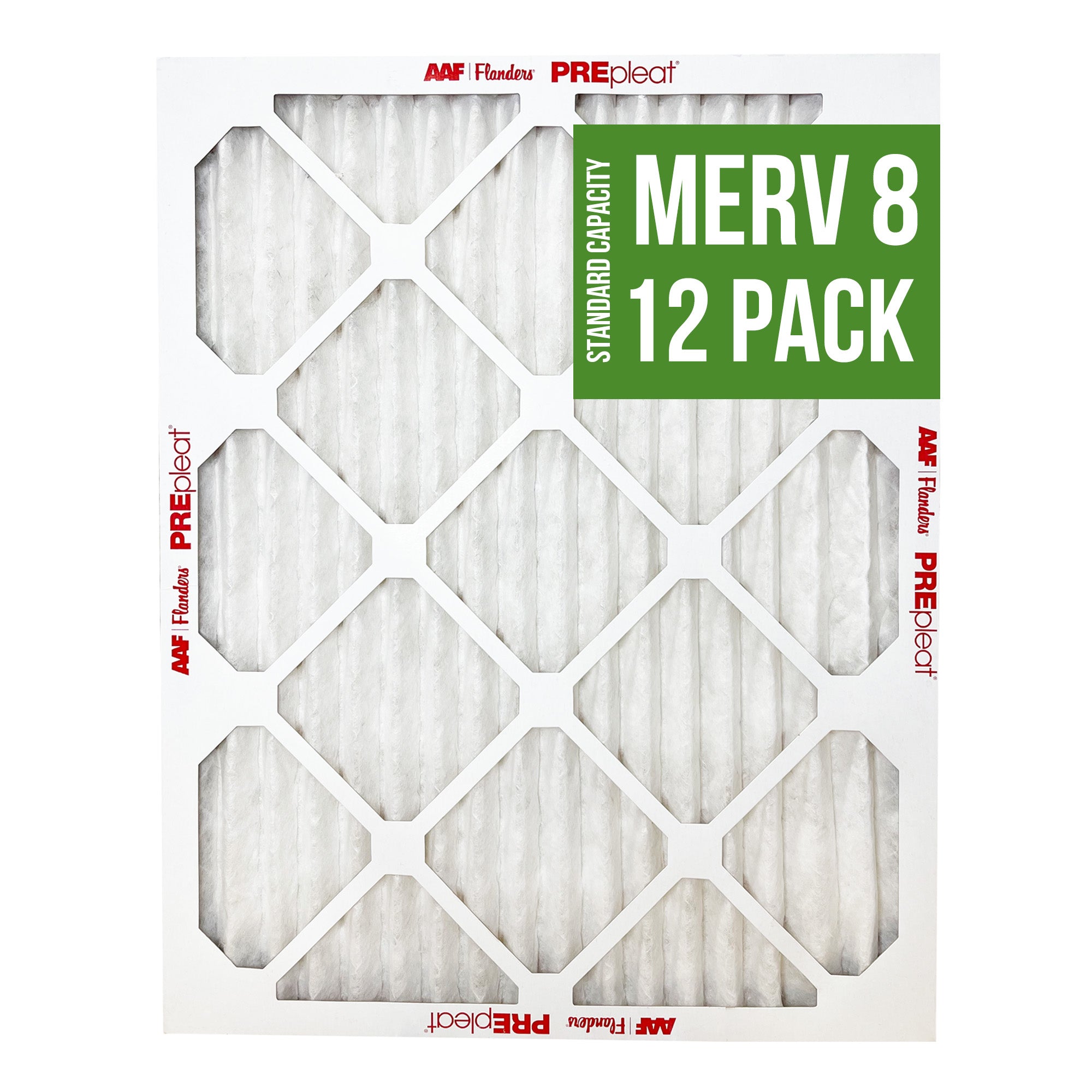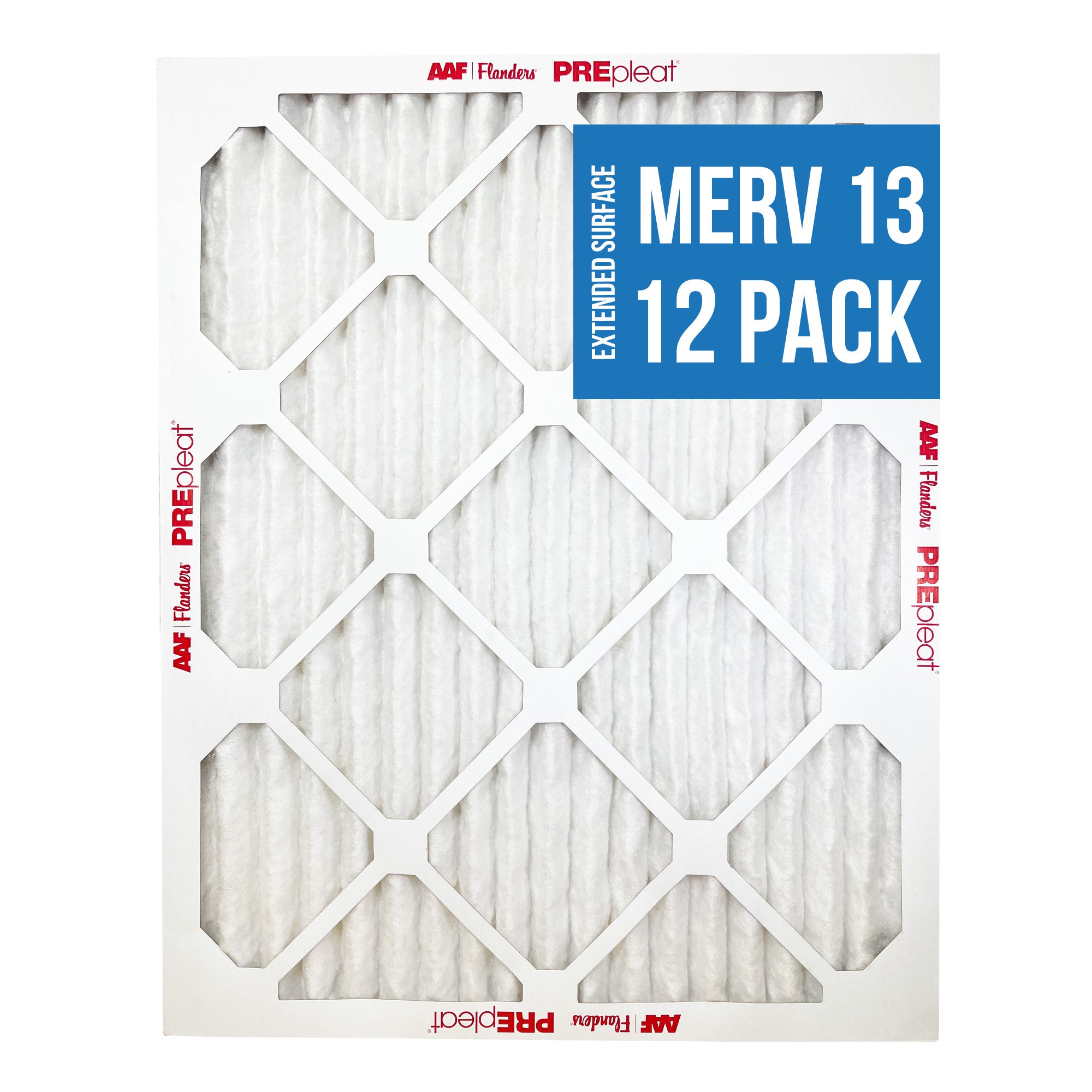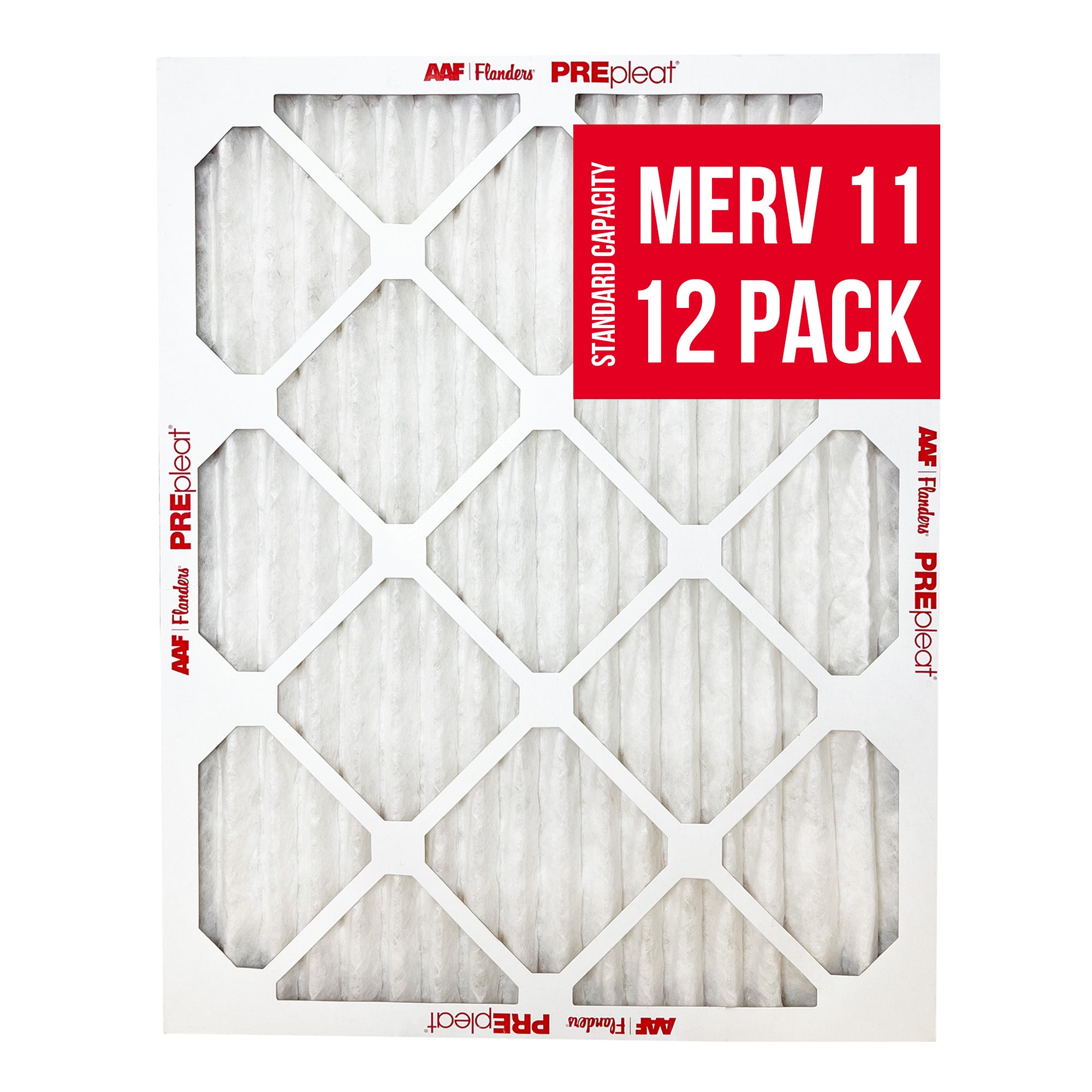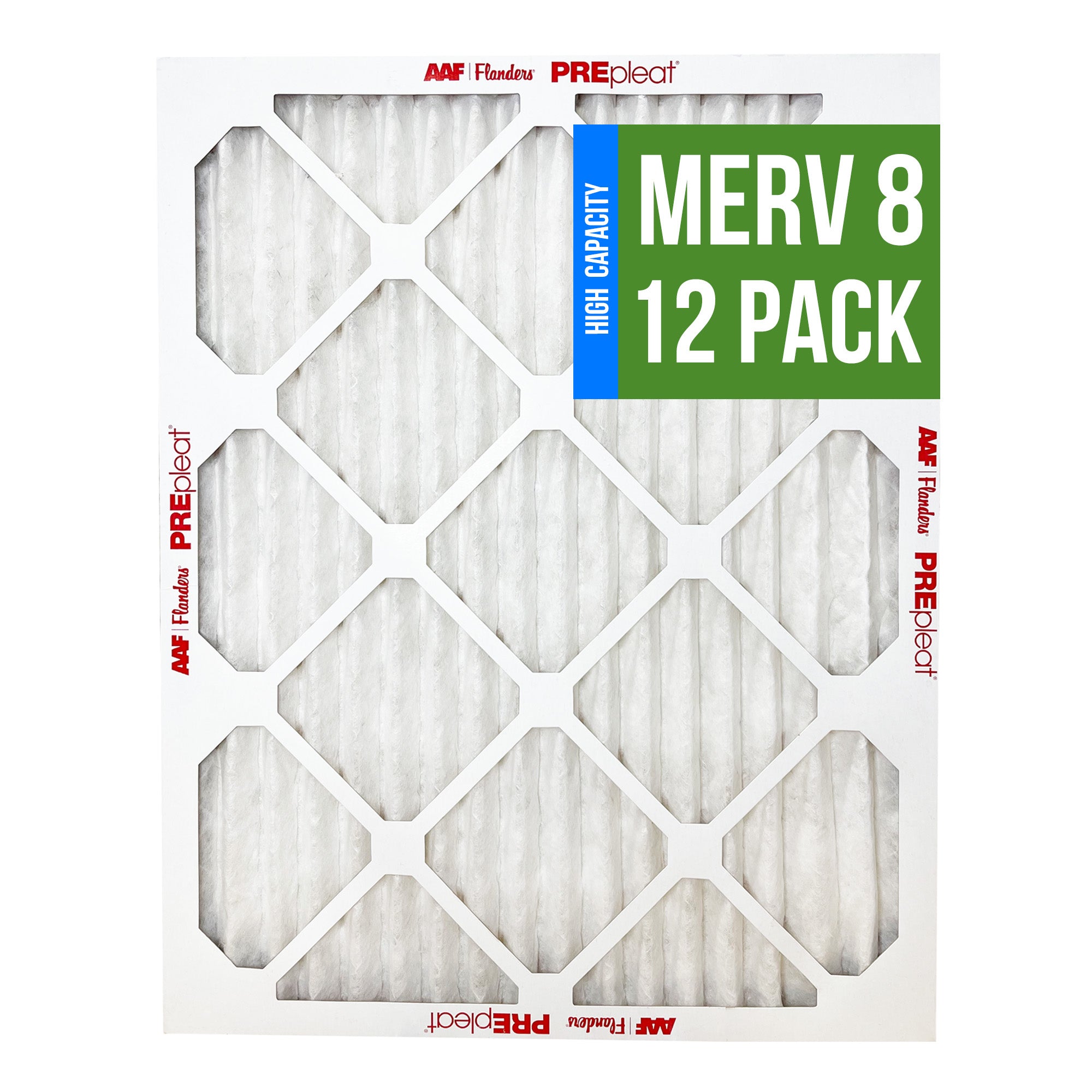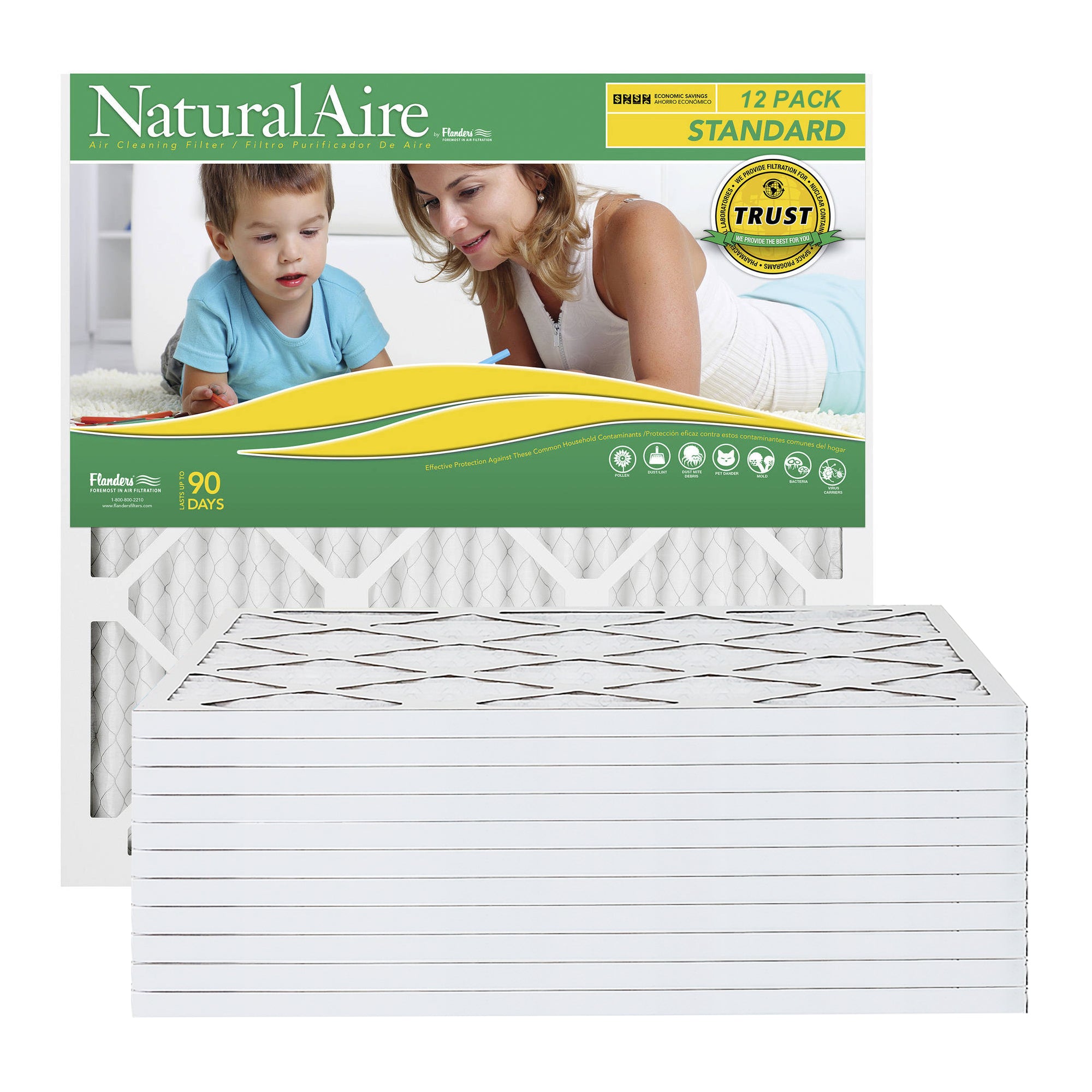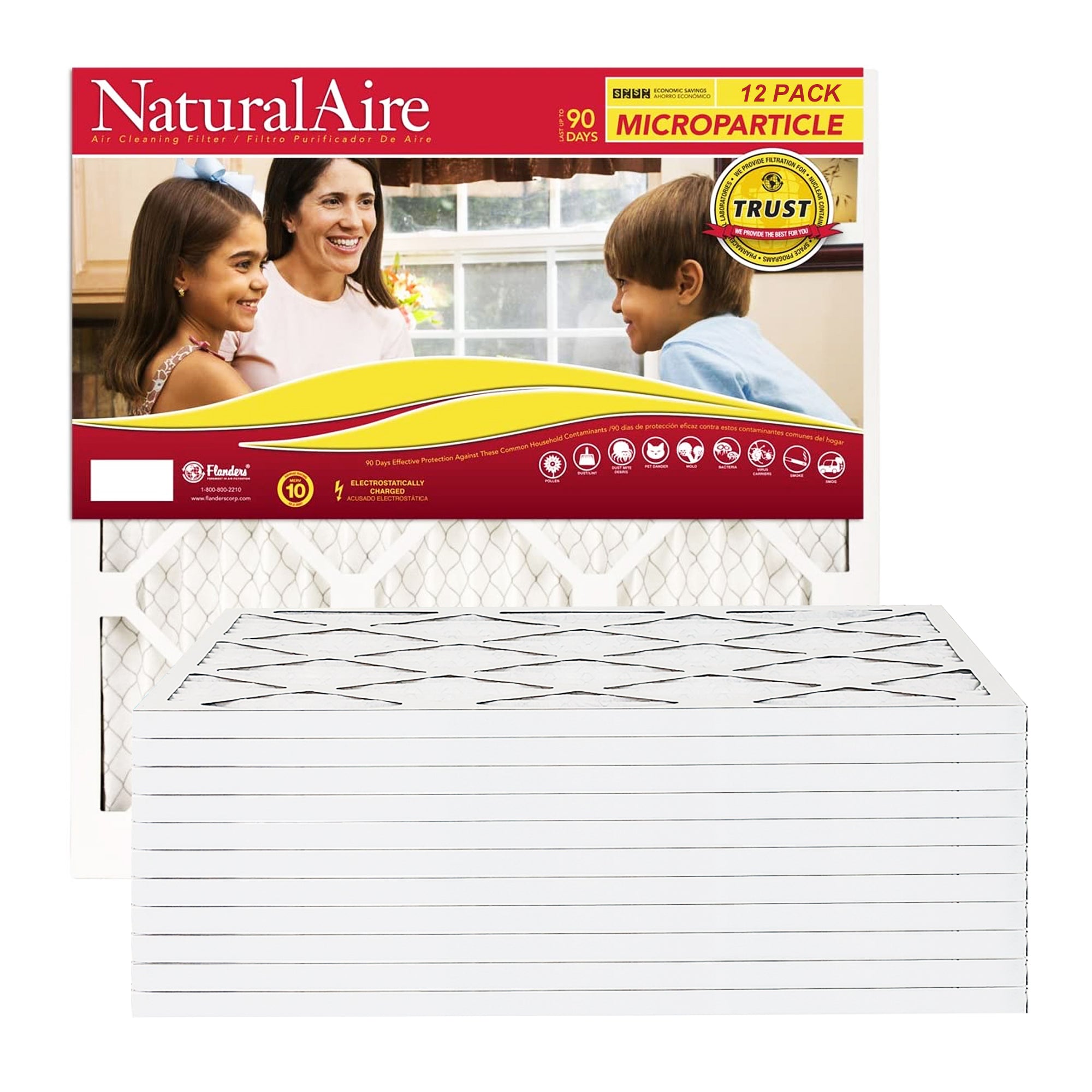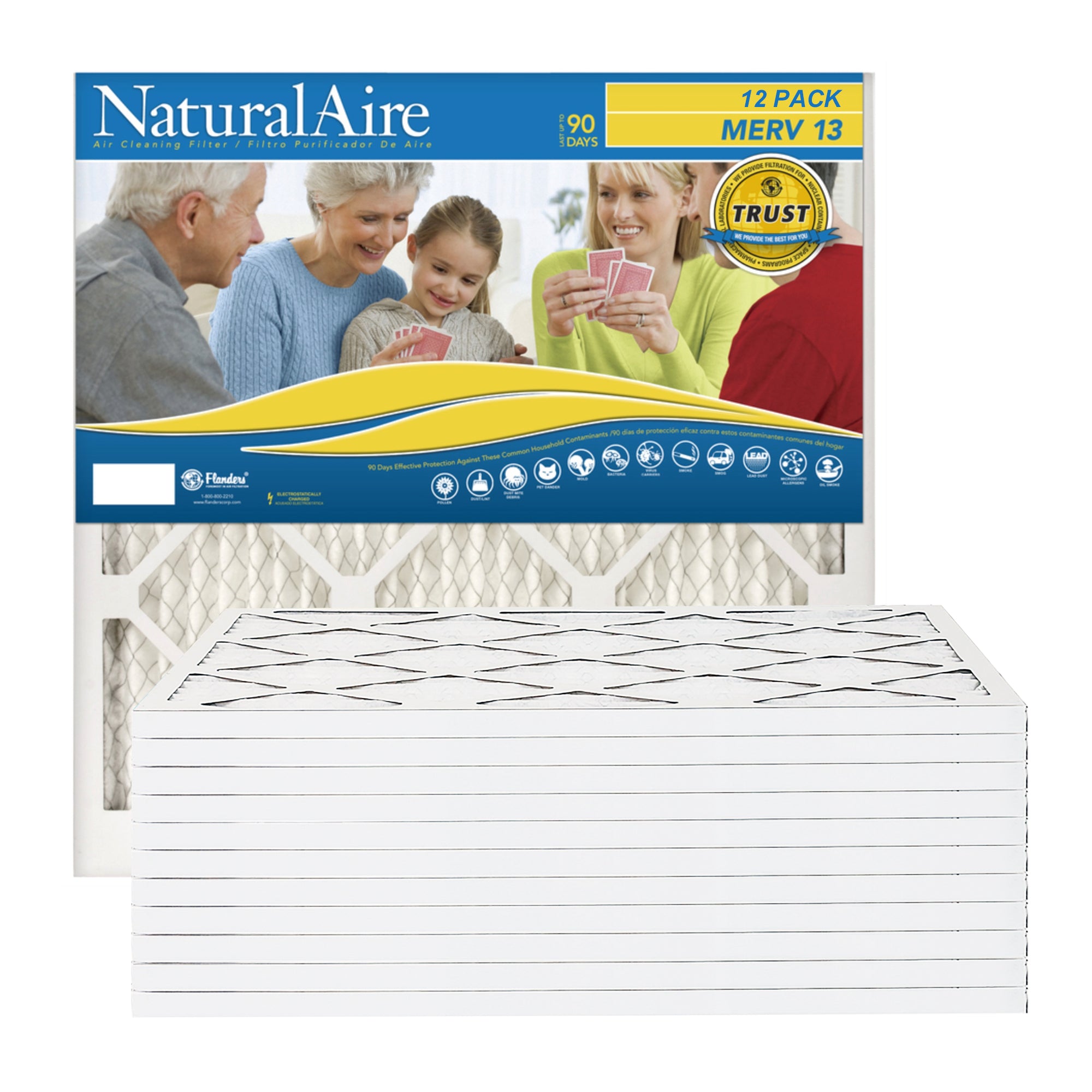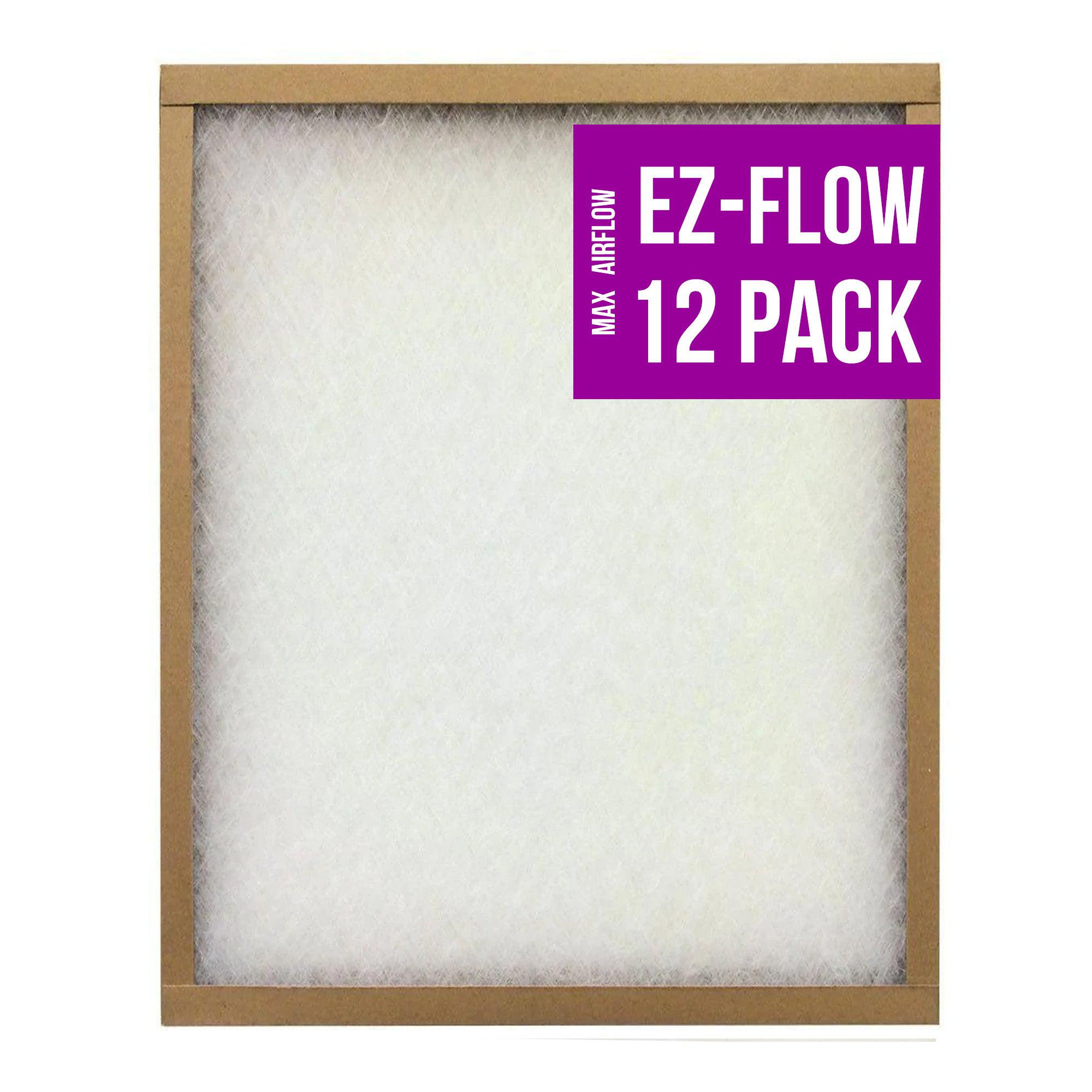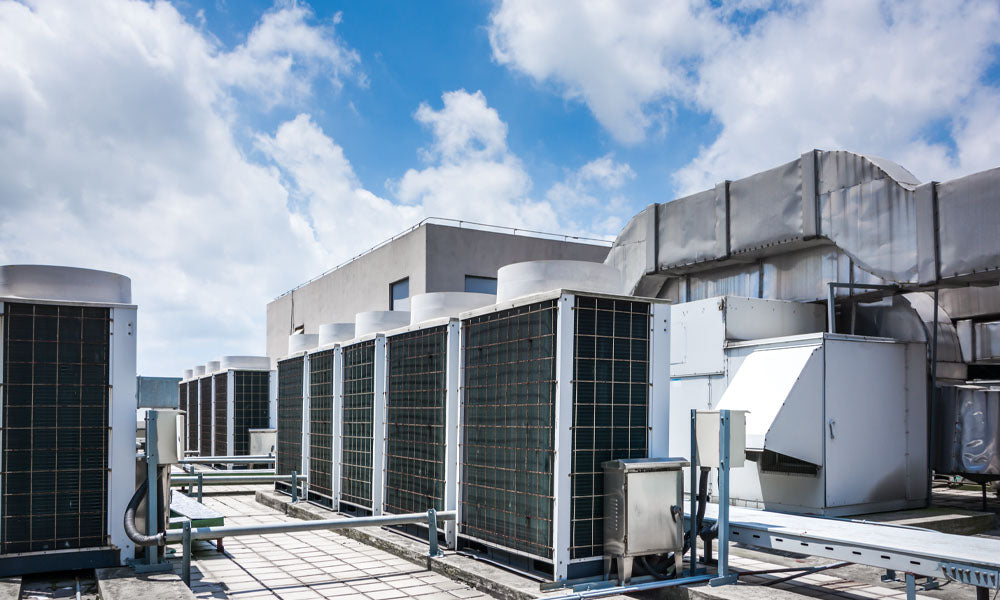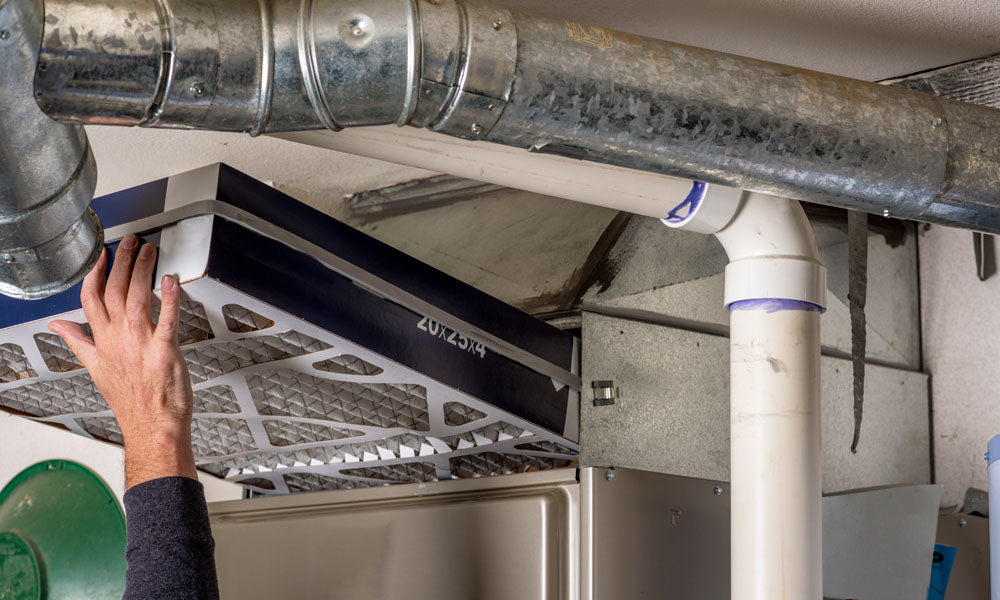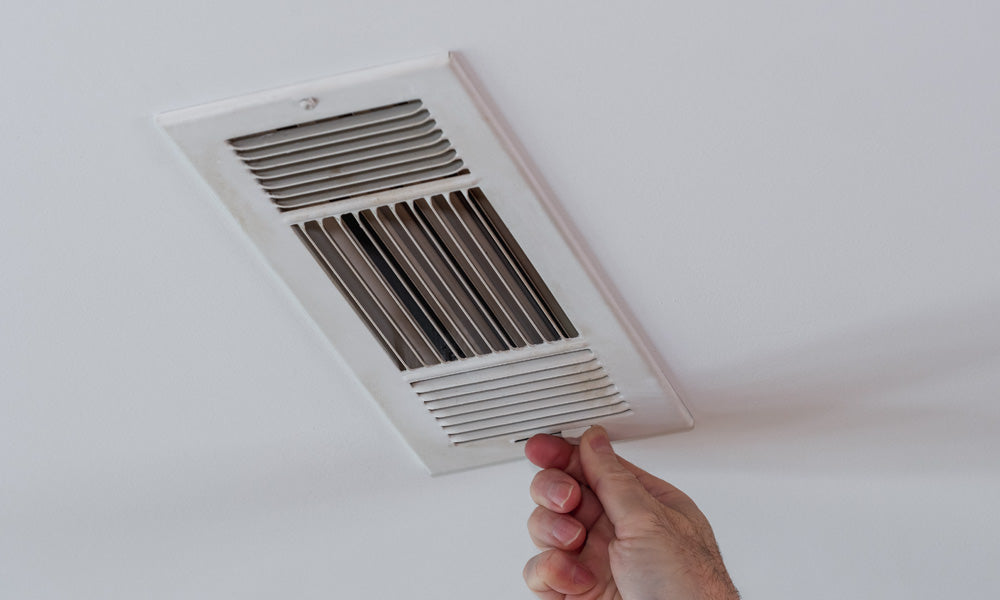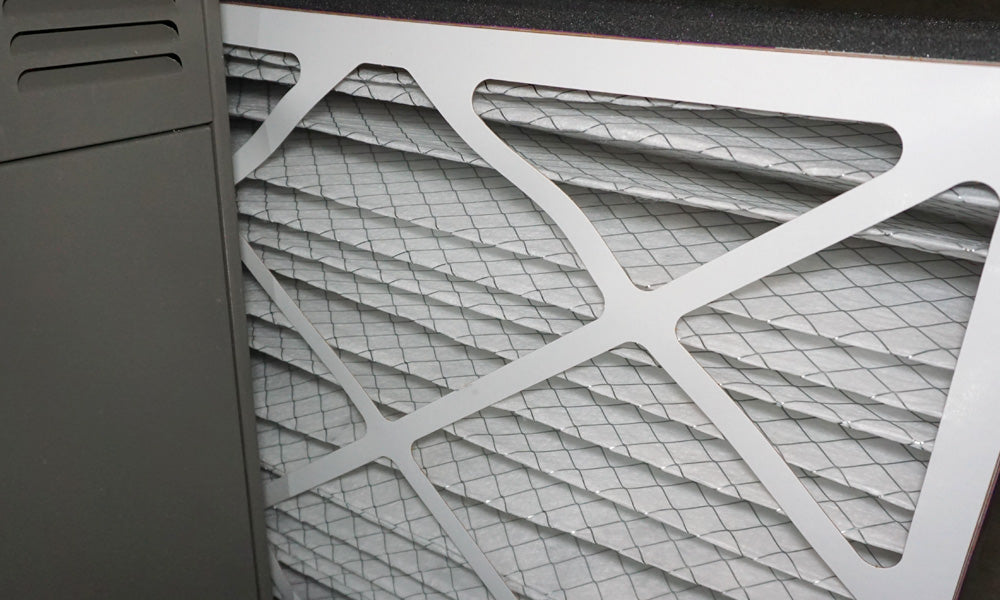When you’re looking for air filters, you want to weigh your options to ensure you use the best parts for your HVAC unit. When you’re comparing air filter ratings, MERV, FPR, and MPR are three filter rating scales that determine component efficiency.
MERV
The Minimum Efficiency Reporting Value (MERV) of a filter reports its ability to trap particles during filtration before circulating the air within a space. The MERV rating system is the primary standard for air filtration. MERV ratings range from 1 to 20, based on particle sizes ranging from 0.3 to 10 microns. The higher the rating, the greater your air filter’s ability to trap larger and more specific types of particles. The ratings are as follows:
MERV 1–4
Filters with MERV ratings of 1 to 4 are best for residential furnaces, window air conditioning units, and commercial buildings. These filters can collect pollen, dust mites, sanding dust, and fibers.
MERV 5–8
Filters with ratings of 5 to 8 are standard in industrial work spaces, paint booth inlets, commercial buildings, and final filters. Filters with this rating can also collect mold, spores, dust lint, and cement dust.
MERV 9–12
Air filters ranging from 9 to 12 on the MERV scale are better suited for hospital laboratories and superior residential buildings. These parts can trap the same particles that filters with lower ratings can, but they can also collect Legionella particles, lead dust, humidifier dust, and coal particles.
MERV 13–16
Filters rated 13 to 16 are standard in general surgery environments, hospital settings, and smoking lounges. These filters can trap nebulizer dust particles, bacteria, insecticide dust, auto fumes, and pet dander.
MERV 17–20
As the highest-rated MERV filters, these components are typical in environments with radioactive materials, pharmaceuticals, or carcinogenic items. These filters trap sneeze nuclei, virus carriers, combustion smoke, and odor.
FPR
Filter performance rating (FPR) is a system that classifies filters by their ability to capture specific particles using a reduced scale of four numbers. Filters using this system rely on color-coding to differentiate their filtering capabilities. The FPR system breaks down as follows:
- Rating 4 (good): These filters can capture large particulate matter such as dust, dust mites, pet dander, and pollen.
- Rating 7 (better): Filters with this rating can capture bacteria and mold spores.
- Rating 9 (best): These components can remove smog, smoke, allergens, and virus particles.
- Rating 10 (premium): Premium filters can capture odor-causing particles and all the previously mentioned matters.
MPR
A Microparticle Performance Rating (MPR) rates a filter’s ability to trap airborne particulate matter smaller than one micron. MERV ratings cover microscopic and macroscopic collecting properties, but MPR ratings can grade filters based only on their capabilities to remove matter between the 0.3 to 1 micron size range. MPR ratings range from 300 to 2800, with capturing ability expanding with higher ratings.
Comparing air filter ratings won’t prove effective if you don’t perform routine filter switches and properly dispose of old filters. Luckily, we at Remember the Filter are here to help! We carry AAF Flanders air filters that could serve your HVAC unit well.


